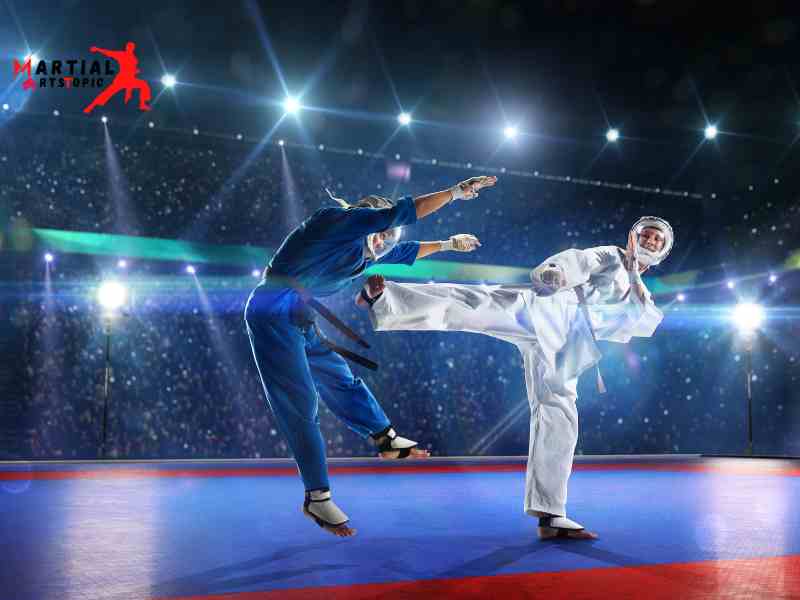
History, Origins and Background of Kudo Martial Arts
Kudo Martial Arts: Unveiling its History, Origins, and Background in the vast realm of martial arts, one discipline stands out for its unique approach and comprehensive system – Kudo Martial Arts. With a rich history and a distinctive blend of techniques, Kudo has gained popularity among martial arts enthusiasts worldwide. In this blog post, we delve into the origins and background of Kudo and explore what sets it apart from other martial arts.
History of Kudo Martial Arts
Azuma Takashi found kudo Martial Arts, also known as Daido Juku, in 1981. Drawing inspiration from various martial arts styles such as Kyokushin Karate, Judo, and Boxing, Takashi aimed to develop a well-rounded system that could be applied effectively in real-life combat situations.
Origins of Kudo Martial Arts
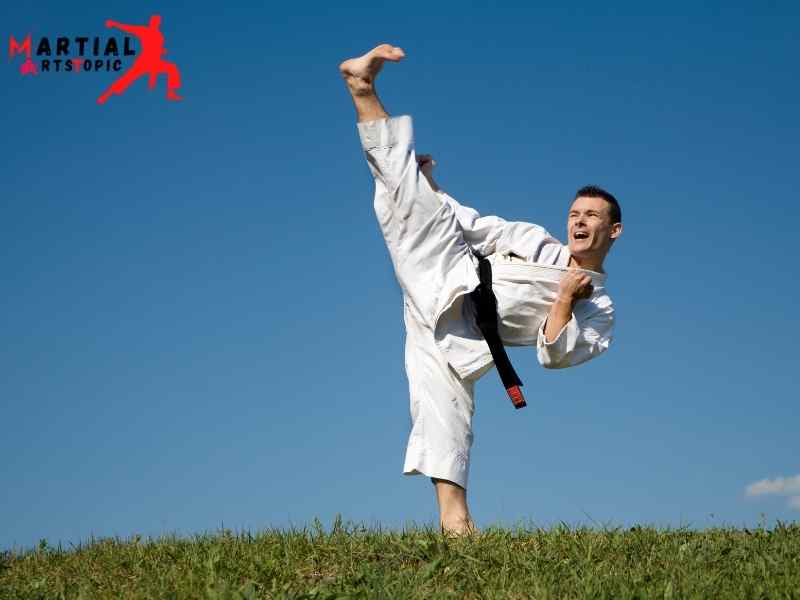
The roots of Kudo can be traced back to Kyokushin Karate, which was founded by states Oyama in the mid-20th century. Oyama’s vision was to create a martial art that combined the best aspects of different fighting styles, emphasizing practicality and full-contact sparring. This philosophy resonated with Azuma Takashi, who became one of Oyama’s top students.
Building upon his training in Kyokushin Karate, Takashi sought to enhance the effectiveness of his techniques by incorporating elements of Judo and Boxing. By blending, striking, grappling, and throwing techniques, he created a well-rounded combat system that would later become known as Kudo Martial Arts.
Key Principles and Techniques
Kudo Martial Arts places a strong emphasis on realistic combat scenarios. Unlike traditional martial arts, Kudo practitioners engage in full-contact sparring, allowing them to test their skills in a realistic and controlled environment. This approach fosters a deep understanding of timing, distance, and adaptability, which are crucial in real-life self-defense situations.
One of the defining features of Kudo is its use of protective gear, including headgear, gloves, and shin guards. This enables practitioners to deliver powerful strikes and execute takedowns without causing excessive harm to their training partners. By prioritizing safety, Kudo allows practitioners to train with intensity while minimizing the risk of serious injury.
Kudo also incorporates ground fighting techniques from Judo and Brazilian Jiu-Jitsu, enabling practitioners to effectively control and submit opponents on the ground. This comprehensive approach ensures that Kudo practitioners are well-equipped for any combat situation, whether standing or on the ground.
Growing Popularity and Global Reach
Over the years, Kudo Martial Arts has gained significant recognition and popularity worldwide. Its practicality, effectiveness, and focus on real-life combat have attracted martial artists from various backgrounds. Today, they can find Kudo dojos in many countries, with practitioners actively taking part in national and international competitions.
Why Kudo Martial Arts is Perfect for Self-Defense
Kudo Martial Arts: The Perfect Self-Defense Solution in today’s world, personal safety has become a top concern for individuals of all ages. Whether you’re a young adult living alone in the city or a parent worried about your child’s well-being, having the knowledge and skills to defend yourself is essential. That’s where Kudo Martial Arts comes in. With its practical approach to self-defense, Kudo Martial Arts is the perfect solution for anyone looking to enhance their personal safety.
What is Kudo Martial Arts?
Kudo Martial Arts is a modern combat sport that combines elements of various martial arts, including karate, judo, boxing, and Muay Thai. Developed in Japan in the 1980s, Kudo Martial Arts focuses on realistic self-defense techniques that are effective in real-life situations. It is a dynamic and intense martial art that emphasizes physical conditioning, mental toughness, and quick decision-making.
Why is Kudo Martial Arts perfect for self-defense?
- Realistic Training Scenarios: Unlike traditional martial arts that focus on repetitive patterns and choreographed movements, Kudo Martial Arts prepares individuals for realistic self-defense situations. Training includes simulated attacks, sparring, and grappling, enabling students to develop the skills to defend themselves in real-life scenarios.
- Emphasis on Practical Techniques: Kudo Martial Arts teaches techniques that are simple, efficient, and effective. Students learn how to strike, grapple, and defend against various types of attacks, including punches, kicks, grabs, and chokes. By mastering these practical techniques, individuals can confidently protect themselves in dangerous situations.
- Physical Fitness and Conditioning: Self-defense requires more than just knowledge and technique; it also requires physical strength and endurance. Kudo Martial Arts provides a rigorous training regimen that improves cardiovascular fitness, strength, agility, and flexibility. By engaging in regular training, students develop the physical attributes necessary to effectively defend themselves.
- Mental Toughness and Confidence: Self-defense situations can be mentally challenging, and fear or panic can hinder one’s ability to react effectively. Through intense training and conditioning, Kudo Martial Arts cultivates mental toughness, discipline, and self-confidence. Students learn to remain calm and composed in high-pressure situations, enabling them to make quick and rational decisions.
- Adaptability and Versatility: they design Kudo Martial Arts to be adaptable, allowing individuals to adapt their techniques to different situations and opponents. Whether facing a larger, stronger opponent or dealing with multiple attackers, Kudo Martial Arts equips students with the skills to assess and respond effectively to varying threats.
The Benefits of Kudo Martial Arts for Self-Defense and Fitness
Kudo Martial Arts: Unleashing the Power of Self-Defense and Fitness in today’s fast-paced world, personal safety and physical fitness have become increasingly important. One effective way to achieve both goals is through Kudo martial arts. Combining the principles of various combat sports, Kudo martial arts offers a comprehensive approach to self-defense and fitness that can benefit individuals of all ages and abilities.
Self-Defense: Empowering Individuals with Realistic Skills
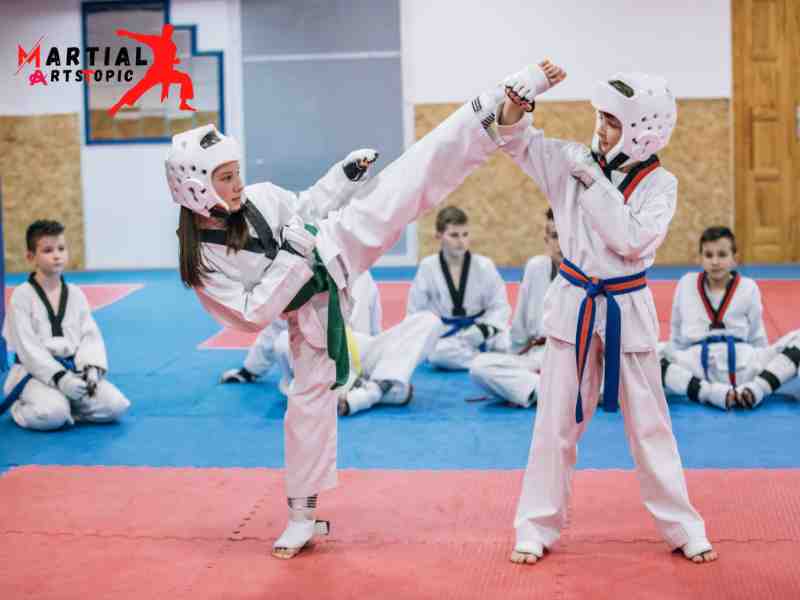
One of the key benefits of Kudo martial arts is its emphasis on practical self-defense techniques. Unlike traditional martial arts that focus on rigid forms and stylized movements, Kudo martial arts prioritizes realistic scenarios and practical applications.
Through rigorous training, practitioners learn how to effectively defend themselves against various types of attacks. They develop the ability to react quickly, make split-second decisions, and neutralize threats using a combination of strikes, throws, joint locks, and ground fighting techniques.
The practicality of Kudo martial arts makes it suitable for individuals seeking real-world self-defense skills. Whether you are a young adult walking home late at night or a parent concerned about your child’s safety, the techniques learned in Kudo martial arts can provide you with the confidence and ability to protect yourself in potentially dangerous situations.
Fitness: Building Strength, Endurance, and Flexibility
Besides its self-defense applications, Kudo martial art offer many benefits for physical fitness. The training involved in Kudo martial arts is intense and demanding, allowing practitioners to improve their overall strength, endurance, and flexibility.
The dynamic nature of Kudo martial arts workouts engages multiple muscle groups, leading to improved muscular strength and tone. Through punching, kicking, and grappling exercises, practitioners develop explosive power and enhanced cardiovascular endurance. The constant movement and high-intensity nature of Kudo martial arts training also contribute to increased calorie burn and weight loss.
Flexibility is another crucial component of Kudo martial art. Regular practice helps improve joint mobility and range of motion, reducing the risk of injuries and enhancing overall physical performance. The combination of strength, endurance, and flexibility gained through Kudo martial arts training translates into improved athletic performance in other sports and activities.
Mental and Emotional Benefits
Beyond the physical aspects, Kudo martial art also offer several mental and emotional benefits. The discipline and focus required in training promote mental clarity and concentration, enhancing overall cognitive function.
Regular practice of Kudo martial art can also provide stress relief and emotional well-being. The physical exertion and mental focus involved in training help release endorphins, which are natural mood enhancers. The supportive and inclusive nature of the Kudo martial arts community fosters a sense of belonging and camaraderie, providing a valuable support system.
Mastering the Basics: Kudo Martial Arts Essential Techniques and Training Tips
Mastering the Basics: Kudo Martial Arts Essential Techniques and Training Tips Are you a martial arts enthusiast? Do you have a passion for the discipline, dedication, and skill required to excel in the world of combat sports? If so, consider exploring Kudo martial arts. This dynamic martial art combines elements from various combat sports, making it a well-rounded and intense discipline. In this blog post, we will delve into the world of Kudo martial arts, exploring its essential techniques and training tips to help you master the basics.
Essential Techniques in Kudo Martial Arts
- Striking Techniques: Kudo martial art incorporates a wide range of striking techniques, including punches, kicks, knees, and elbows. These techniques focus on generating power, speed, and accuracy to effectively strike an opponent. Proper form, footwork, and body mechanics are crucial for maximizing the impact of strikes in Kudo martial arts.
- Grappling Techniques: Alongside striking, Kudo martial art emphasize grappling techniques, such as throws, joint locks, and chokes. These techniques enable practitioners to control and subdue opponents in close-quarters combat. Learning proper balance, leverage, and timing is crucial for executing effective grappling techniques in Kudo martial arts.
- Ground Fighting: Kudo martial art place significant emphasis on ground fighting, as it simulates real-life combat situations where fights often end up on the ground. Practitioners learn techniques to control and submit opponents while on the ground, including sweeps, escapes, and submissions. Ground fighting in Kudo martial arts requires a combination of strength, technique, and strategic thinking.
Training Tips for Mastering Kudo Martial Arts
- Develop a Solid Foundation: Like any martial art, mastering the basics is essential in Kudo martial arts. Focus on developing a strong foundation by practicing fundamental techniques, footwork, and stances. This will lay the groundwork for higher-level skills and allow you to progress effectively.
- Train in Realistic Situations: Kudo martial art emphasizes realistic combat situations. Incorporate sparring and drills that simulate real-life scenarios to enhance your ability to react quickly and effectively. This will help you develop the instinctive responses needed in high-pressure situations.
- Conditioning and Strength Training: Kudo martial arts require physical fitness and stamina. Incorporate regular conditioning and strength training exercises into your routine to improve endurance, power, and overall performance. This will enhance your ability to execute techniques with speed and precision.
- Seek Professional Instruction: To truly main Kudo martial art, seek guidance from experienced instructors or trainers. They can provide valuable insights, correct your techniques, and guide you through the intricacies of this dynamic martial art. Their expertise will speed up your progress and help you avoid common pitfalls.
From Karate to Kudo: The Evolution and Origins of Kudo Martial Arts
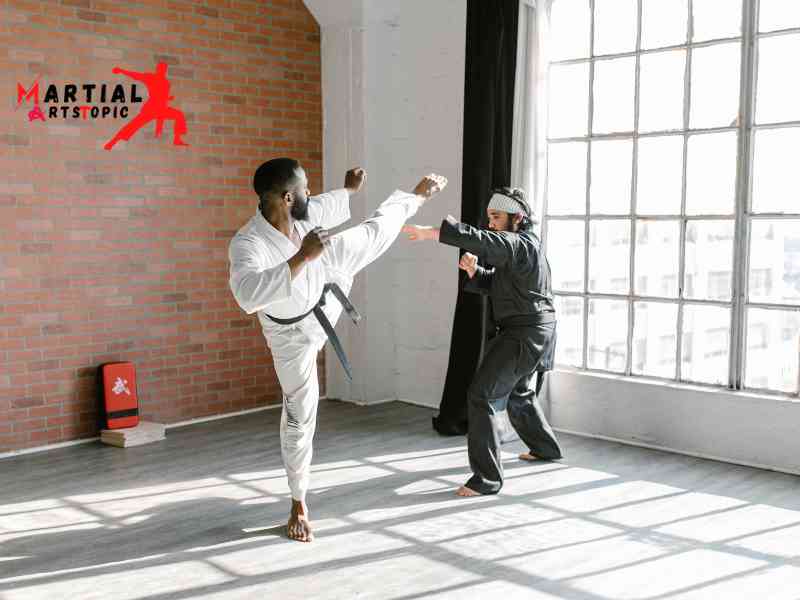
Kudo martial art, also known as Daido Juku, is a relatively modern form of martial art that combines elements of karate, judo, and kickboxing. With its unique blend of striking, grappling, and throwing techniques, Kudo has gained popularity not only in Japan but also around the world. In this blog post, we will dive deep into the evolution and origins of Kudo martial art, shedding light on its rich history and how it has become a beloved martial art discipline.
The Origins of Kudo Martial Arts
Kudo martial arts traces its roots back to the 1980s in Japan, where its founder, Takashi Azuma, sought to create a martial art that encompassed a practical and realistic approach to fighting. Azuma was a former karate champion who recognized the limitations of traditional karate in real-life combat situations. Inspired by his experiences in full-contact karate tournaments, Azuma set out to develop a comprehensive martial art system that would prepare practitioners for real-world self-defense scenarios.
The Evolution of Kudo Martial Arts
Azuma’s vision led to the birth of Kudo martial art, which he initially called “Daido Juku.” The term “Daido” translates to “great way” or “great path,” emphasizing the martial art’s goal of providing a comprehensive and effective fighting system. As Kudo continued to evolve, it incorporated elements from various martial arts disciplines, such as judo and kickboxing, to create a well-rounded and practical approach to combat.
One of the key aspects that sets Kudo apart from other martial art is its emphasis on realistic training. Kudo practitioners engage in full-contact sparring matches, wearing protective gear that enables them to execute strikes, throws, and grappling techniques with full force. This battle-tested training method ensures that Kudo practitioners develop not only the physical skills but also the mental fortitude required in real-life self-defense situations.
Kudo Martial Arts Today
Since its inception, Kudo martial arts have gained a devoted following worldwide. It has become renowned for its effectiveness and practicality, attracting both martial art enthusiasts and those seeking effective self-defense techniques. They held regularly kudo tournaments, allowing practitioners to test their skills against opponents from different backgrounds and martial arts disciplines.
In recent years, Kudo has also found its way into mixed martial arts (MMA) circles, with some fighters incorporating Kudo techniques into their arsenal. The adaptability and effectiveness of Kudo techniques make them a valuable addition to any fighter’s skill set.
The Mental Benefits of Training in Kudo Martial Arts
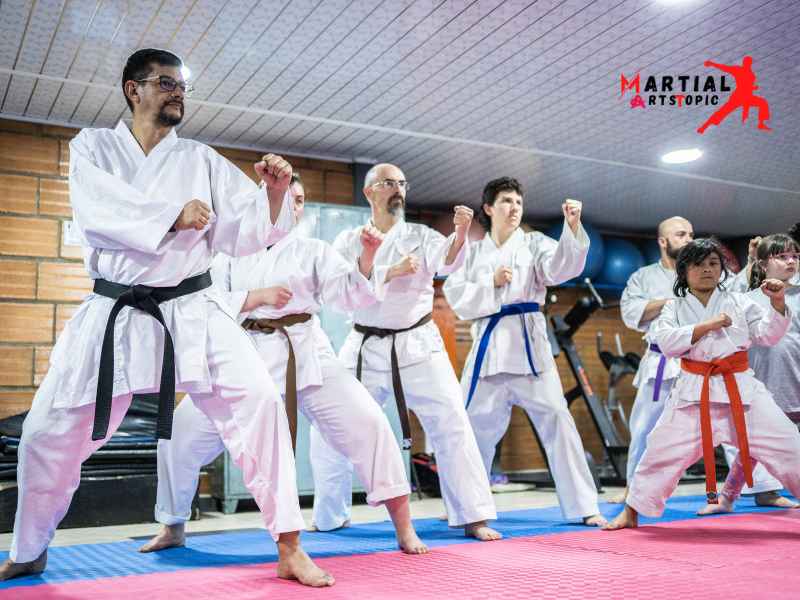
The Mental Benefits of Training in Kudo Martial Art In today’s fast-paced and stressful world, improving our mental well-being is crucial. While many turn to traditional methods like meditation or therapy, there is another effective and unique approach–training in Kudo martial arts. Kudo martial arts not only enhance physical fitness but also provide a myriad of mental benefits that can positively affect various aspects of our lives. The mental advantages of training in Kudo martial arts and why it is worth considering.
- Stress Reduction: One of the most significant mental benefits of practicing Kudo martial art is stress reduction. The intense physical activity involved in training helps release endorphins, which are natural mood enhancers. Regular practice in Kudo martial arts provides a healthy outlet for stress and helps improve overall well-being.
- Increased Focus and Concentration: Kudo martial art demand high levels of concentration and mental focus. During training, practitioners learn to block out distractions and fine-tune their attention to the present moment. This enhanced focus can translate into other areas of life, such as work or academics, improving performance and productivity.
- Improved Self-Discipline: Training in Kudo martial art instills self-discipline, a valuable trait that extends beyond the training mat. Practitioners learn to set goals, follow a structured training regimen, and push themselves beyond their limits. This self-discipline can be applied in all aspects of life, leading to personal growth and success.
- Boosted Self-Confidence: Kudo martial arts training helps build self-confidence and self-esteem. As practitioners progress in their training and achieve new milestones, they gain a sense of accomplishment and belief in their abilities. This newfound confidence can positively affect other areas of life, such as relationships and career ambitions.
- Emotional Resilience: Kudo martial art training teaches practitioners to embrace challenges and overcome obstacles. By facing physical and mental adversity during training, individuals develop emotional resilience and learn to bounce back from setbacks. This resilience can have a profound impact on coping with stress, anxiety, and other emotional difficulties in everyday life.
- Improved Mental Agility: Kudo martial art incorporates various techniques, strategies, and movements that require quick thinking and decision-making. Regular practice enhances mental agility, helping practitioners become more adaptable and responsive in different situations. This mental flexibility can be beneficial not only in martial art but also in problem-solving and decision-making in other areas of life.
- Stress Management and Emotional Regulation: Training in Kudo martial art provides a healthy outlet for emotions and stress. The physicality of the art allows practitioners to channel their energy and emotions constructively, leading to better stress management and emotional regulation. This can cause improved mental well-being, and a more balanced emotional state.
Conclusion
Kudo Martial Arts offers a comprehensive and practical approach to self-defense and physical fitness. By combining striking, grappling, and realistic sparring, Kudo provides a well-rounded training experience. The emphasis on practicality and effectiveness makes it a valuable martial art for real-life situations. Whether you’re looking to improve your self-defense skills, physical conditioning, or overall confidence, Kudo Martial Art presents an interesting option for individuals seeking a holistic approach to martial arts training.
